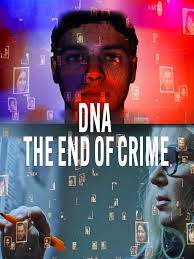
streaming video
|
DNA, The End of Crime
Copies
0 Total copies, 0 Copies are in,
0 Copies are out.
Digital Link
Authors
Language
English







